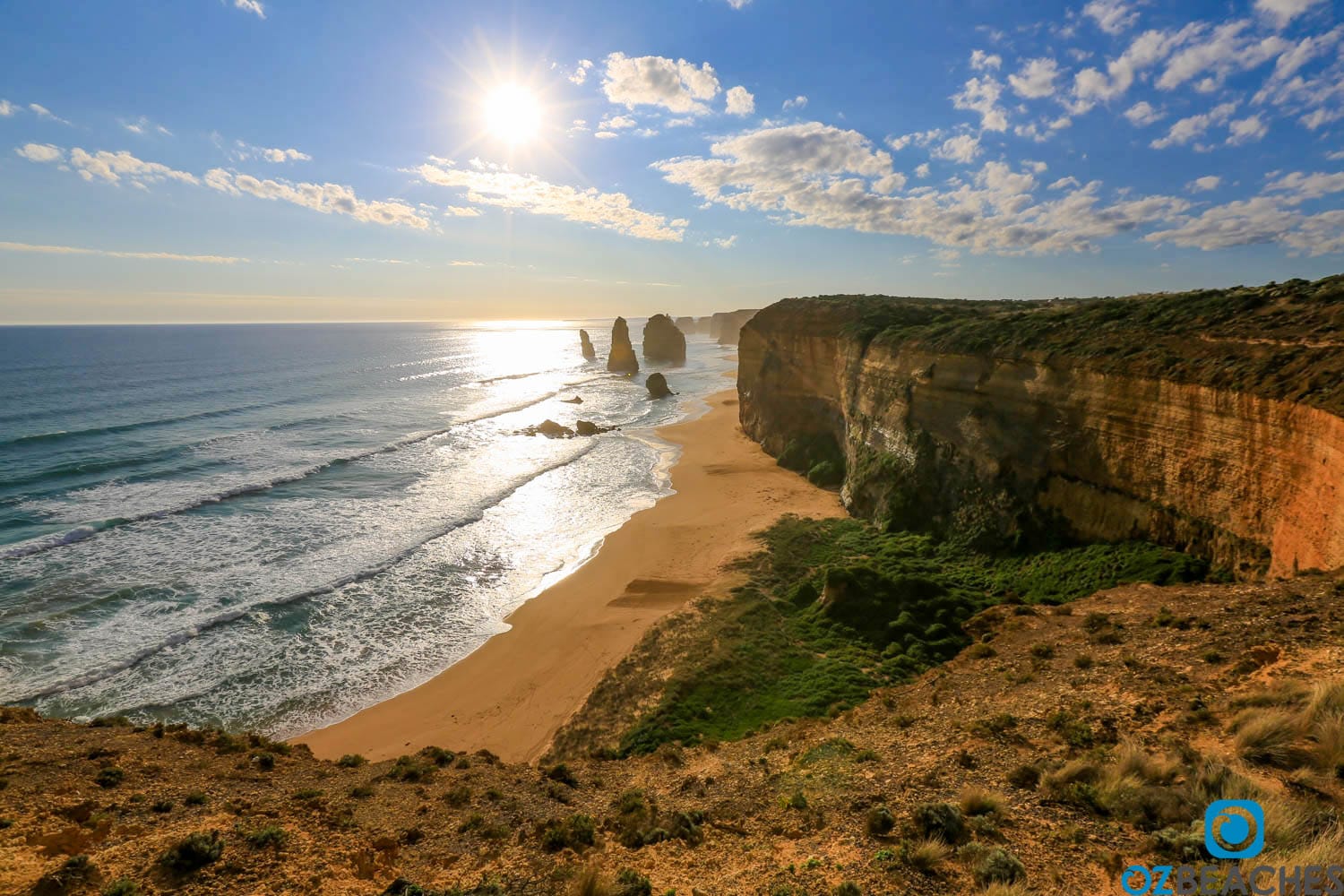 Australia is home to 11,761 recorded beaches, spread over an ever-changing 50,000+ kilometres of coastline. That's so many beaches that it would take you roughly 226 years to see them all if you visited one per week. Sadly, most of us only ever visit a handful of these beaches regularly, either because they're the closest to where we live or for short weekends and holidays away. Plus the majority of tourists who've travelled halfway across the world to come to Australia find themselves treading the same well-worn paths as their predecessors, and many miss out on the pockets of beauty usually reserved for locals only that are hidden just around the corner.
Australia is home to 11,761 recorded beaches, spread over an ever-changing 50,000+ kilometres of coastline. That's so many beaches that it would take you roughly 226 years to see them all if you visited one per week. Sadly, most of us only ever visit a handful of these beaches regularly, either because they're the closest to where we live or for short weekends and holidays away. Plus the majority of tourists who've travelled halfway across the world to come to Australia find themselves treading the same well-worn paths as their predecessors, and many miss out on the pockets of beauty usually reserved for locals only that are hidden just around the corner.
But for those who seek out new adventures and have the desire to venture off the beaten path, there's a multitude of different beach experiences on offer in Australia. Through photos and words, I hope to inspire you to find your own slice of Australian beach paradise.
New South Wales
Queensland
Victoria
South Australia
Tasmania
Western Australia
Northern Territory
 Cylinder Beach, North Stradbroke Island, QLD
Cylinder Beach, North Stradbroke Island, QLD
Originally referred to as 'Terra Australis' (Latin for 'Southern Land'), this continent first appeared on maps as a hypothetical land mass - the hypotheses being that there must exist a land mass in the southern hemisphere that balances the known land regions of the northern hemisphere.
Over time there's been long debates about who actually discovered it first. Captain James Cook visited the area in 1770 (who returned and colonised it in 1788), however there are other references to earlier explorers who visited its shores many years before.

View of Palm Beach from Burleigh Heads, QLD
Dutch explorer Dirk Hartog is widely regarded as the first European to visit Australia, and on the 25th October 1616 he landed at what is now known as Dirk Hartog Island in Western Australia. He set a wooden post into the rocks at Cape Inscription and nailed a pewter plate to it inscribed with an account of his visit. The Hartog Plate remained on the cliff here for another 81 years until it was rediscovered by another VOC (Dutch East India Company) captain, Willem de Vlamingh, in 1697. The oldest known physical record from Australia’s European history, the plate is now preserved in the Rijksmuseum in Amsterdam.
However Australia's history stretches far further back than European exploration alone. There is unequivocal evidence that the Aboriginal and Torres Strait Island people have lived and thrived here for over 40,000 years, making them Australia's traditional owners and one of the worlds oldest civilisations and lasting cultures. Their stories have been passed down through the generations and the Dreamtime, which is their understanding of the world and how it was created, and the beginning of knowledge from which came the laws of existence. They expressed and recorded these stories through rock paintings, dances, songs, individual tribal traditions and a myriad of other ways, preserving their culture and identities for eternity. Their shell middens (places where debris from shellfish and other food accumulated over time) are visible on protected sites all over Australian beaches even today, proving as resilient as their culture itself.

Twelve Apostles, Great Ocean Road, VIC
Australia is home to some of the best beaches in the world, and it's no surprise seeing as we are literally surrounded by thousands of them.
The Australian Beach Safety & Management Program (ABSAMP) was established in 1990 as a joint program between Surf Life Saving Australia (SLSA) and the Coastal Studies Unit at the University of Sydney. Detailed information on every beach in Australia has been amassed under the watchful eye of it's creator, Professor Andrew D Short, and his foresight and the input of his students has helped to create the most comprehensive study ever undertaken on the beaches of any part of the world's coast.
According to their method, a beach can be defined as being a stretch of sand longer than 20 metres and remaining dry at high tide. Based on this definition, the Coastal Studies Unit has recorded around 10,685 beaches in Australia. That's so many beaches that it if you visited one a week, it would take you over 205 years to see them all.

Sandon Point, Illawarra, NSW
If you'd like to get involved and contribute to OZBEACHES I'd love to hear from you. You might have an intimate knowledge of a particular beach or coastal region, know some interesting facts or history you'd like to share, or maybe you'd like to write an article yourself and have it featured here online. Email me (Adam) and let me know how you think we could work together as I'm always looking for guest contributors and open to suggestions.